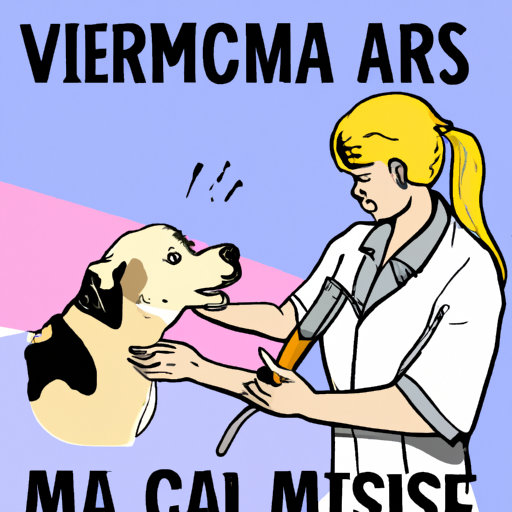Mastitis can be a challenging condition for dogs, but with your loving care and the right treatment, it’s absolutely manageable. Here’s how.
Understanding Mastitis
Mastitis is an inflammation of the mammary glands in female dogs. It typically occurs after giving birth, but it can also occur in non-pregnant dogs. Symptoms include swelling, redness, heat, and pain in the affected area. Your beloved pet may also seem lethargic, lose her appetite, and may have a fever. It’s distressing to see, but remember, you’re not alone. I’m here to help you navigate this.
Seeking Veterinary Care
When you suspect mastitis, the first step is to consult your vet. They’ll perform a thorough examination and may take samples for laboratory testing. They’ll then prescribe the appropriate treatment, which usually involves antibiotics and pain relief.
- Booking an appointment: Make sure to contact your vet as soon as possible. The sooner the condition is diagnosed, the better the prognosis.
- Supporting your dog: Keep her comfortable and ensure she’s drinking plenty of fluids.
Administering Treatment
Administering the treatment may feel daunting, but remember, you’re doing this for the wellbeing of your pet. Here’s how to do it:
- Antibiotics: Administer as prescribed. Don’t skip doses, and make sure to complete the course, even if your dog seems better.
-
Pain relief: Give as directed by your vet. This will help your dog to feel more comfortable.
-
Keep an eye on your dog’s behavior and appetite.
- Ensure she’s drinking plenty of water.
Home Care Measures
In addition to the prescribed treatment, there are a few things you can do at home to help your dog recover. These include:
- Warm compresses: Apply a warm compress to the affected area for 10-15 minutes, several times a day.
- Massage: Gentle massage can help to reduce swelling and discomfort.
- Rest: Ensure your dog gets plenty of rest.
| Home Care Measure | Frequency |
|---|---|
| Warm compresses | Several times a day |
| Massage | As needed |
| Rest | Throughout the day |
Preventing Future Cases
Once your dog has recovered, you’ll want to do all you can to prevent a recurrence. Here’s how:
- Regular vet check-ups: Routine examinations can help to catch any issues early.
- Good hygiene: Keeping your dog’s bedding clean can help to reduce the risk of infection.
FAQ
Q: Can mastitis be prevented?
A: Regular vet visits and good hygiene can reduce the risk.
Q: Can male dogs get mastitis?
A: It’s rare, but it can happen.
Q: How long does it take for a dog to recover from mastitis?
A: With treatment, most dogs begin to improve within 48 hours.
Remember, you are the best caregiver for your pet. Your love, patience, and dedication will see her through this challenging time.



